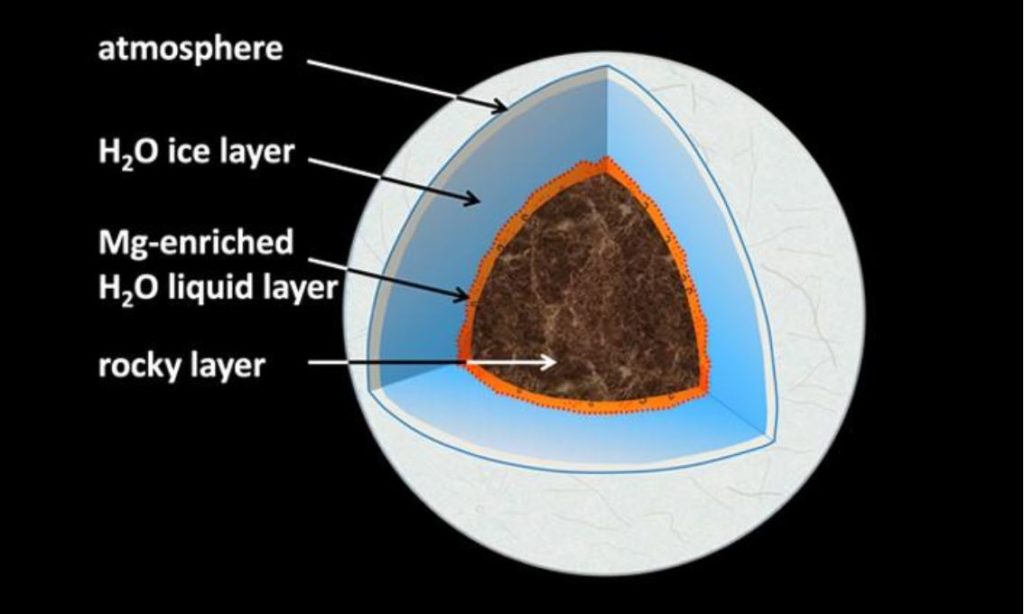
IMAGE CREDIT: JUNE WICKS/JOHNS HOPKINS UNIVERSITY
Scientists have for the first time observed how atoms in magnesium oxide morph and melt under ultra-harsh conditions, providing new insights into this key mineral within Earth’s mantle that is known to influence planet formation.
High-energy laser experiments — which subjected tiny crystals of the mineral to the type of heat and pressure found deep ...
Read More







Recent Comments